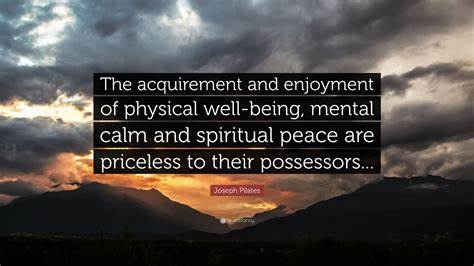Return to Life: Single Leg Kick
– It’s a reach backwards for one heel, to strengthen shoulders, back, butt & legs and stretch your hip!
This exercise will correct postural problems of your shoulders and upper back and hips.
What’s it good for?
- Shoulder stability.
- Hamstring strengthening.
- Hip flexor / front of hip stretching
- Abdominal control – to support the lower back.
- Helps us to progress onto more challenging exercises: Shoulder Bridge
Difficulty: Starters
Reps: 6
The “how to”
Lie on your front with your head and torso lifted up. Reach your legs away from you towards the opposite wall and keep your legs as close together as you can. Make your hands into fists and lay your forearms on the mat parallel to each other with your elbows underneath your shoulders. Press your forearms into the mat and slide your shoulders away from your ears as you slide your shoulder blades down your back. Keep your head in line with your spine.
Inhale: end one knee and bring your heel toward your knee and then, make two pulses with two sniffing breaths. Keep your heel in line with your sit bones and hips perfectly still. Keep your toes aligned with your leg (and not pointing out to the side) and knees together.
Exhale: extend your leg back out, reaching it out long towards the wall behind you.
Repeat on the other side.
Hints and Tips
💡 Keep your shoulders wide and neck long: press your forearms into the mat and upper back towards the ceiling.
💡 Keep your head aligned with your spine: focus your eyes a short distance from your eyes.
💡 Keep your abdominals engaged – no sagging stomachs.
💡 Keep your spine as long as possible. Imagine you are a baby pushing yourself off the floor for the first time. Imagine you are a tortoise reaching its neck out of its shell trying to reach those tender young leaves.
💡 Keep your lower leg in line with your thigh. Imagine a rail connecting your butt to your heel.
💡 Imagine reaching your femur (upper leg bone) outwards and slightly upwards.
Extras: Precautions
☀️ Lower back problems: engage your abdominals so that the “back bend” doesn’t go into your lower back. Lower your torso, or try less challenging exercises: Mini Swan, Rockets
☀️ Neck problems: keep your neck in line with your spine.
☀️ Knee problems: limit the amount of knee bend. Stretching the front of the leg beforehand can help: Thigh Stretch.















